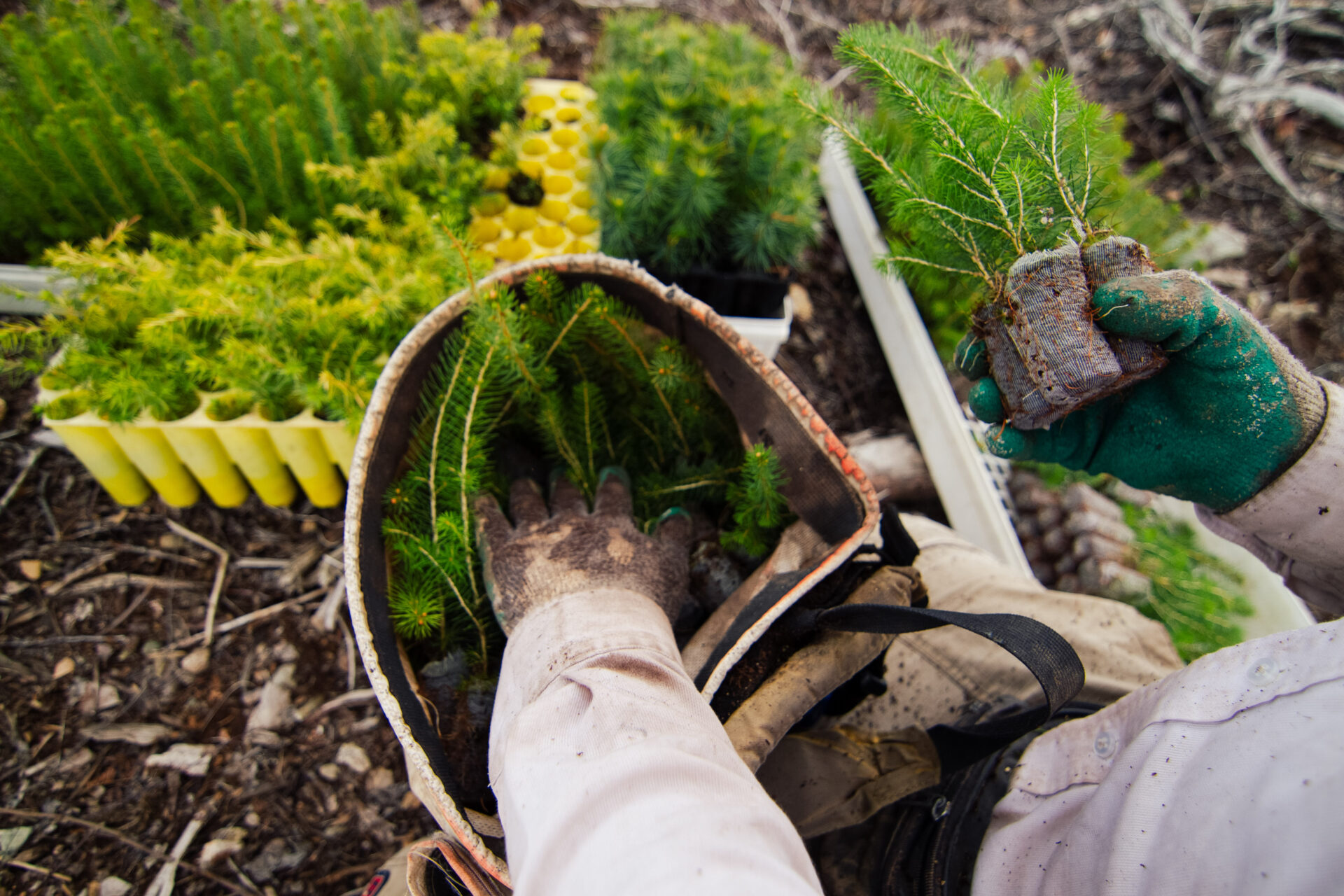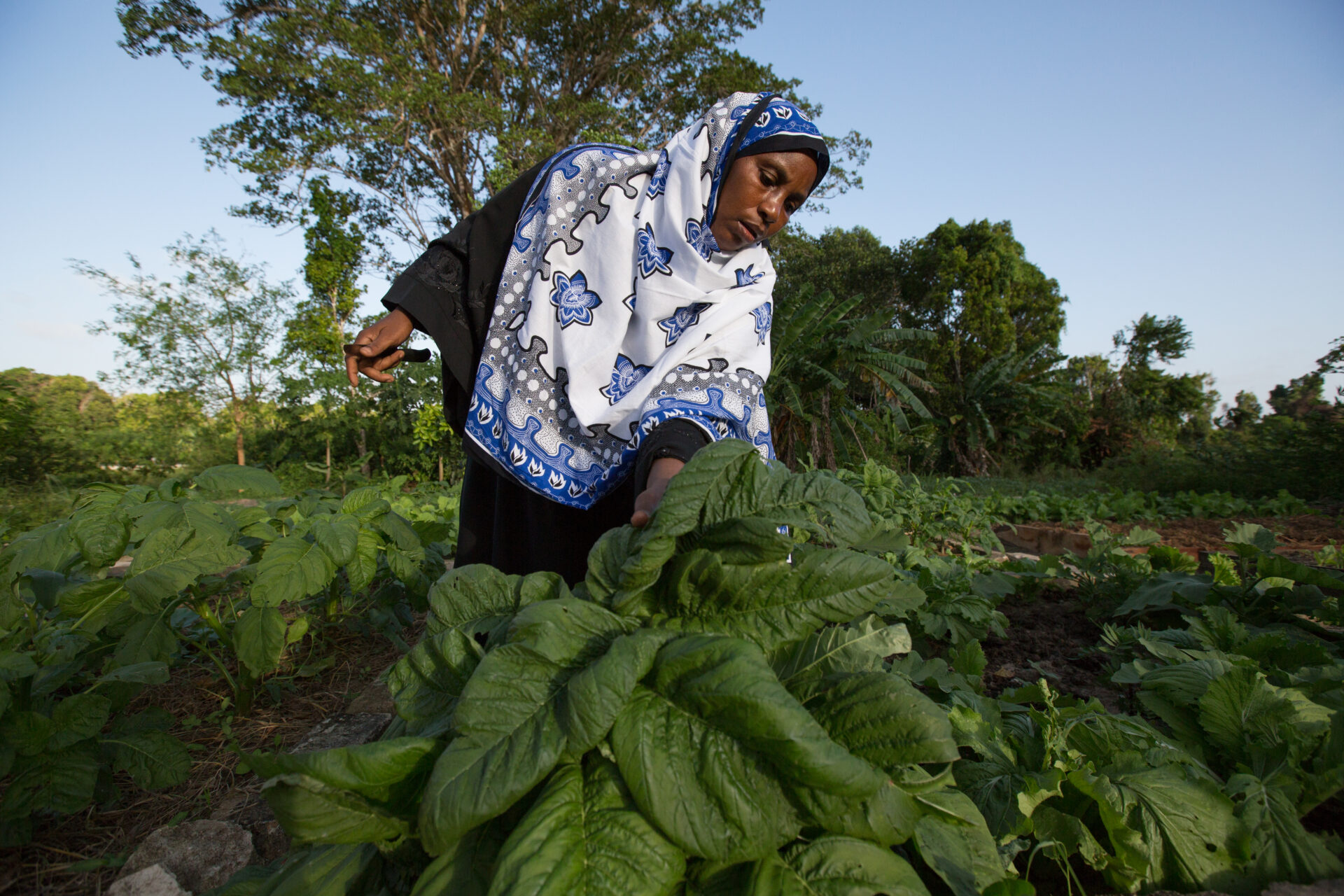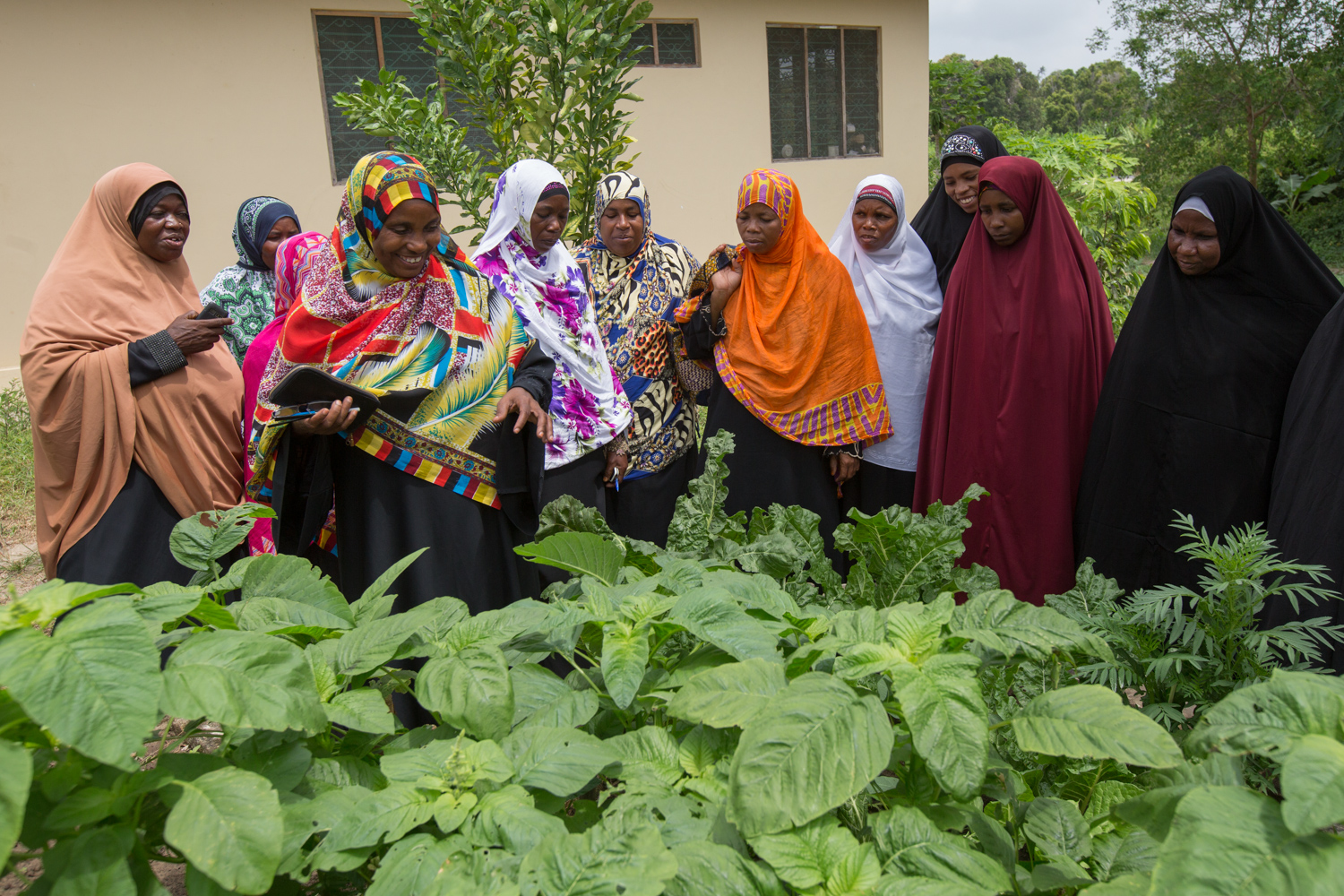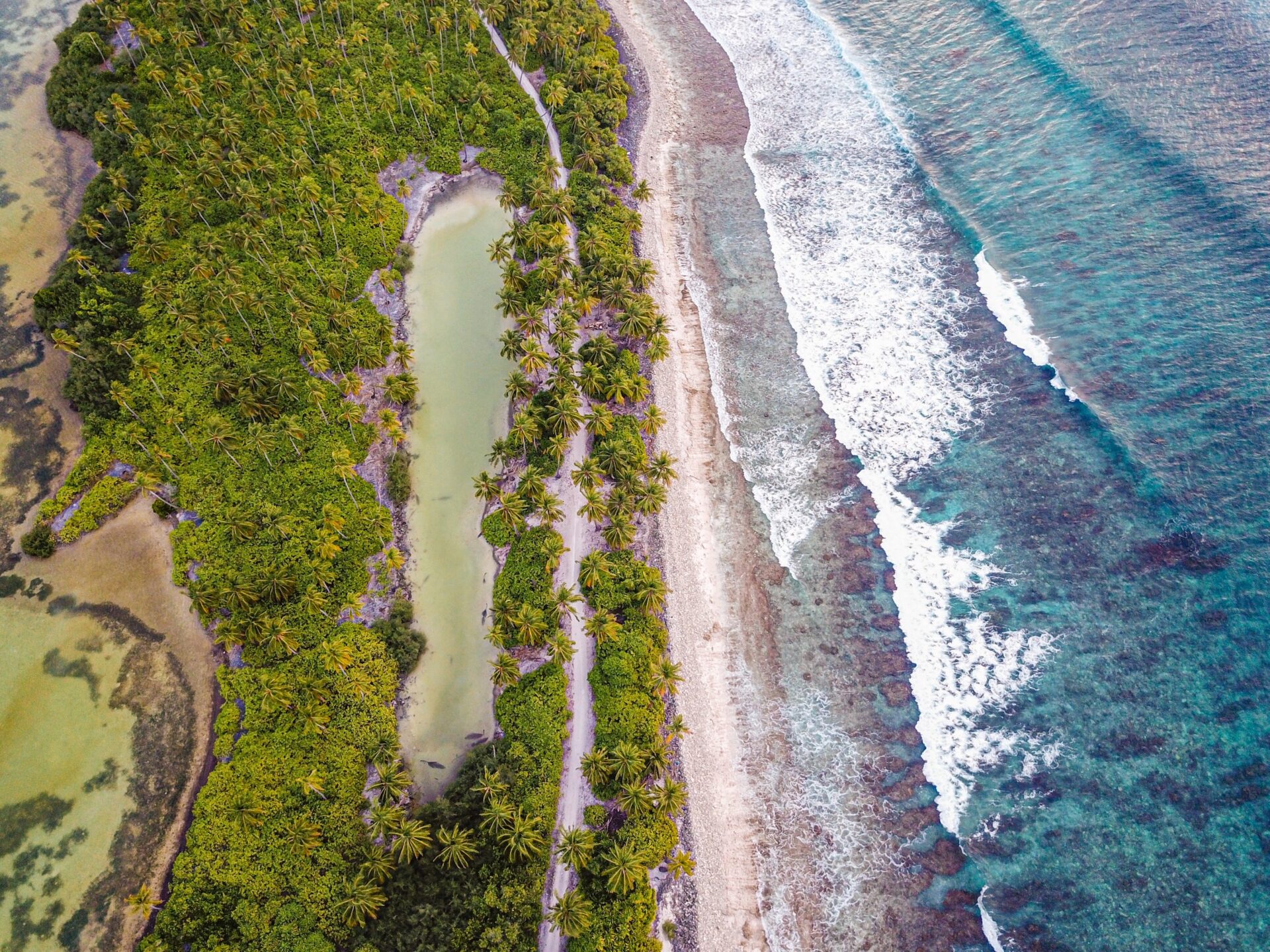Subscribe To Your Favourite Forests
Stories from the Wabanaki forest of the Maritimes, the Spice Forests of Zanzibar, and the mangrove forests of Mozambique.
Sign Me UpStories from the Wabanaki forest of the Maritimes, the Spice Forests of Zanzibar, and the mangrove forests of Mozambique.
Sign Me UpCreating inclusive solutions for the climate, forests, and rural communities. Some of the world’s biggest challenges are opportunities for a better future. Through adaptive forestry practices and programs, we can enhance our collective resilience to the effects of climate change all while strengthening livelihoods, incomes, and security.

Do you want to learn how you can help your forest adapt to the changing climate? We’ve developed climate-adaptive silviculture knowledge and tools that help build the capacity of rural landowners to manage their lands for climate mitigation and increase your forests’ ability to adapt to climate change.
Silviculture Resources
From rising sea levels to shifting rain patterns, the effects of climate change are already being felt across the islands of Zanzibar — and are expected to increase over time as coastal communities face disproportionate impacts of the climate crisis. Through supporting climate-adaptive agroforestry and agriculture, learn how we’re improving economic and environmental resilience for people and communities across Zanzibar.

The effects of climate change severely exacerbate the challenges women face as primary providers of household needs. In Tanzania, women are often responsible for providing food, water, and energy to households in rural areas and are more dependent on natural resources than men due to unequal access to assets and income.
Learn More
The climate crisis disproportionately impacts Black, Indigenous, and people of colour in Canada and around the world. Moreover, countries Zanzibar are already feeling the effects of global climate change — while contributing the least to its causes. Supporting climate adaptation in communities and regions most affected is climate justice.
We know that dismantling the underlying inequalities in our society is critical to strengthening our ability to effectively respond and adapt to the increasing stresses that climate change will affect over the next decade and century.
Climate Justice